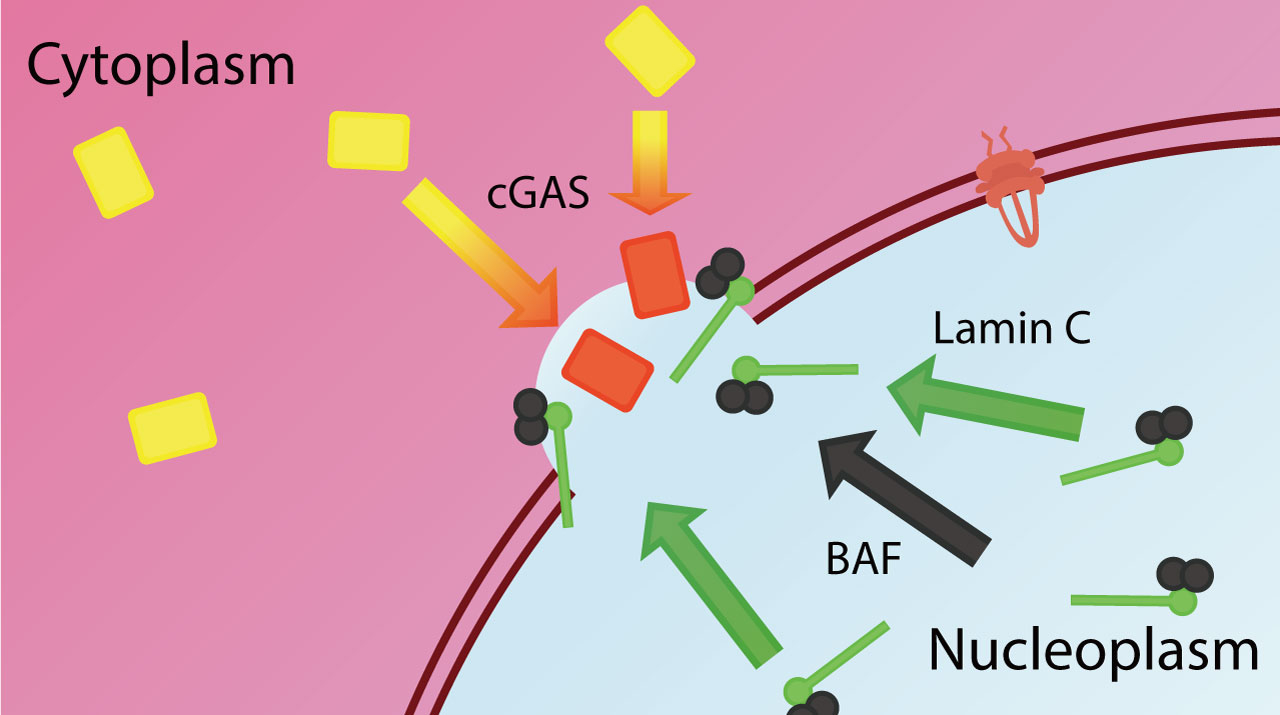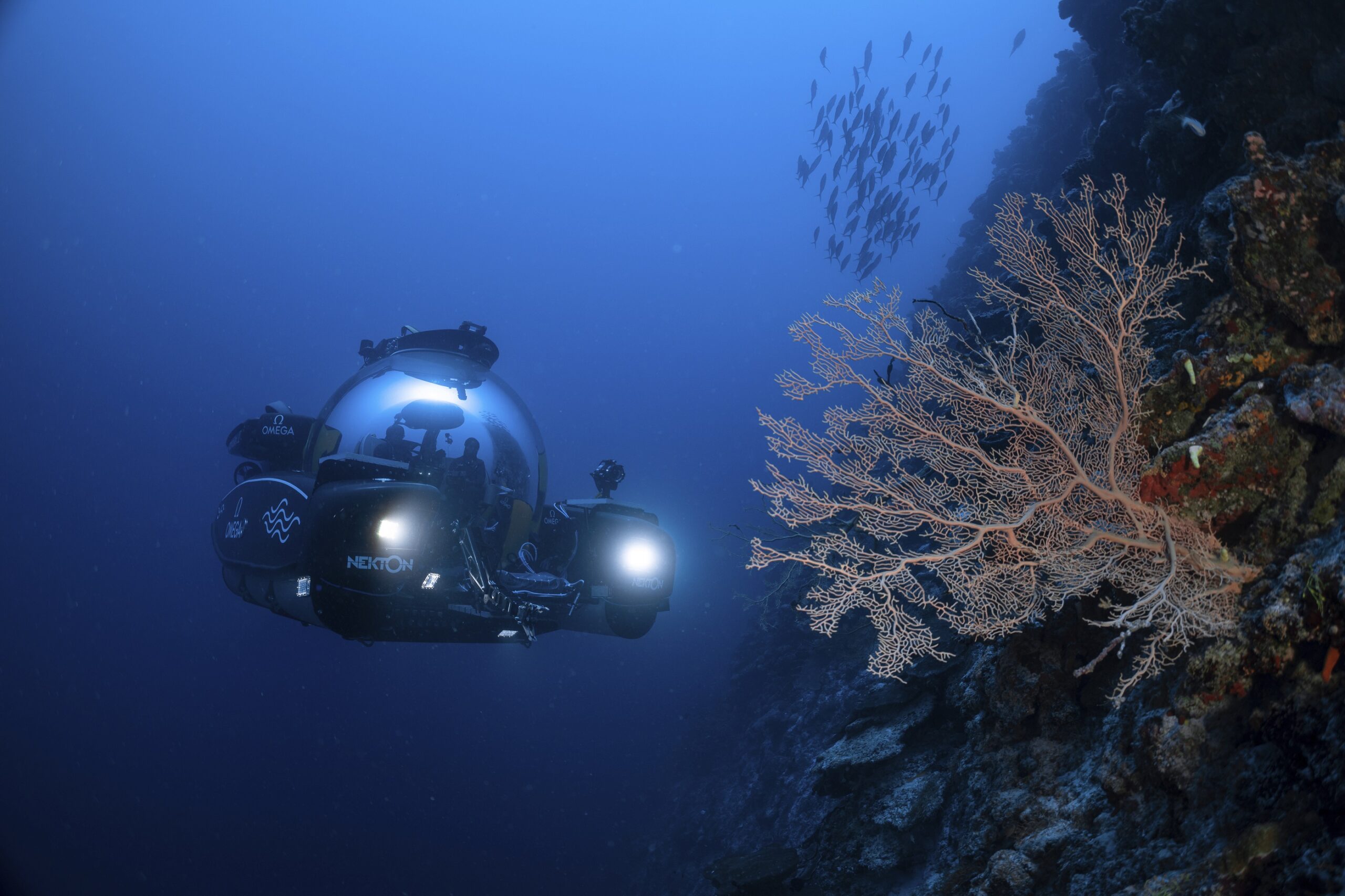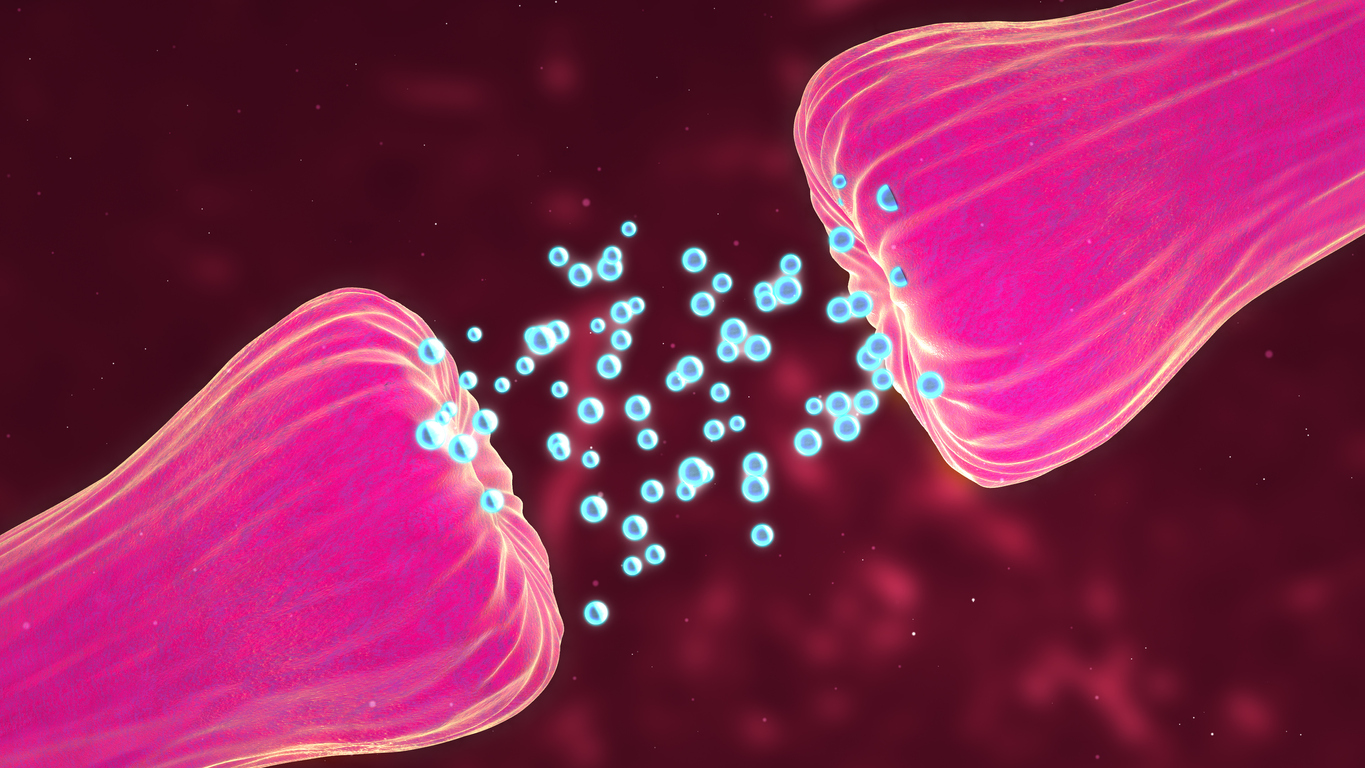The habitat beneath the permafrost of Lost Hammer Spring in Canada’s High Arctic is extremely salty, extremely cold, and practically devoid of oxygen. This is almost exactly like the Martian environment. If you want to understand more about the various types of life that may have been on Mars in the past or may still exist there today, this is a fantastic place to start.
Bacteria that have never been seen before have been discovered by McGill University researchers. They were able to do so after a lengthy and difficult search. They’ve also learnt more about how their metabolism functions thanks to cutting-edge genetic research approaches. For the first time, scientists show that microbial populations in Canada’s High Arctic may be able to thrive by breathing in and out fundamental inorganic chemicals similar to those found on Mars (such as methane, sulfide, sulfate, carbon monoxide, and carbon dioxide).
The study was recently published in the ISME journal. The European Space Agency decided to use this discovery to test the sensors that would be used on ExoMars’ future mission to see if they can detect life. These tools will be used to examine surface sediment samples from the Lost Hammer.
Making a model to see if life on Mars is possible
The Lost Hammer Spring is one of the coldest and saltiest springs ever discovered on the planet. The water that emerges from 600 metres of permafrost is extremely salty (with a salinity of 24 percent), stays below freezing (at -5 degrees Celsius), and contains nearly no dissolved oxygen (1ppm). Even when the temperature outside is much below freezing, the salt content in the Lost Hammer spring is so high that it never freezes.
As a result, the spring can continue to give water. These conditions are similar to those discovered on Mars, where enormous salt deposits and, most likely, cold salt springs have been discovered. This isn’t the first time we’ve seen something like this. Despite the fact that other studies have discovered bacteria in environments similar to Mars, this is one of the few that has discovered living, moving microbes.
In this one-of-a-kind spring, a team of McGill University scientists lead by Lyle Whyte of the Department of Natural Resource Sciences used cutting-edge genomic technologies and single-cell microbiology techniques to discover and describe a new and, more crucially, active microbial community. They did so in order to understand more about the different types of life that could exist on Mars. Finding microorganisms and sequencing their DNA and mRNA proved difficult.
How do these weird microbes survive?
“t took a couple of years of working with the sediment before we could correctly discover active microbial communities, according to Elisse Magnuson, the study’s first author and a PhD student in Whyte’s lab. Because the salty environment makes it difficult to extract germs and sequence them, researchers were ecstatic to uncover signs of active microbial colonies.
The researchers were able to assemble together the genomes of more than 110 different bacteria after collecting and sequencing DNA from the spring ecosystem. Most of the bacteria were unknown to scientists at the time of the investigation. These genomes have been utilised as blueprints for hypothetical forms of life that could thrive in comparable environments. By studying how these species adapt, scientists have been able to figure out how they live and prosper in this one-of-a-kind, harsh habitat. The scientists used mRNA sequencing to discover several unusual microbes that are actively metabolising in the harsh spring environment.
What do they require to survive?
They appear to ingest and breathe methane, sulphides, sulphate, carbon monoxide, and carbon dioxide, which are all found on Mars. The microbes discovered and examined at Lost Hammer Spring are unique in that they do not require organic matter or oxygen to survive.
Growing and learning more about the most prevalent and active microorganisms in this unique ecosystem will be the next steps in the inquiry. The purpose of this step is to learn more about why and how these bacteria can survive in the Lost Hammer Spring’s salty, chilly muck. The researchers believe that this will aid them in determining the nature of the sulphur and carbon isotopes discovered lately in the Gale Crater by the NASA Curiosity Rover.
Story Source: Original press release by McGill University. Note: Content may be edited for style and length by Scible News.
References
Elisse Magnuson, Ianina Altshuler, Miguel Á. Fernández-Martínez, Ya-Jou Chen, Catherine Maggiori, Jacqueline Goordial, Lyle G. Whyte. Active lithoautotrophic and methane-oxidizing microbial community in an anoxic, sub-zero, and hypersaline High Arctic spring. The ISME Journal, 2022; 16 (7): 1798 DOI: 10.1038/s41396-022-01233-8








